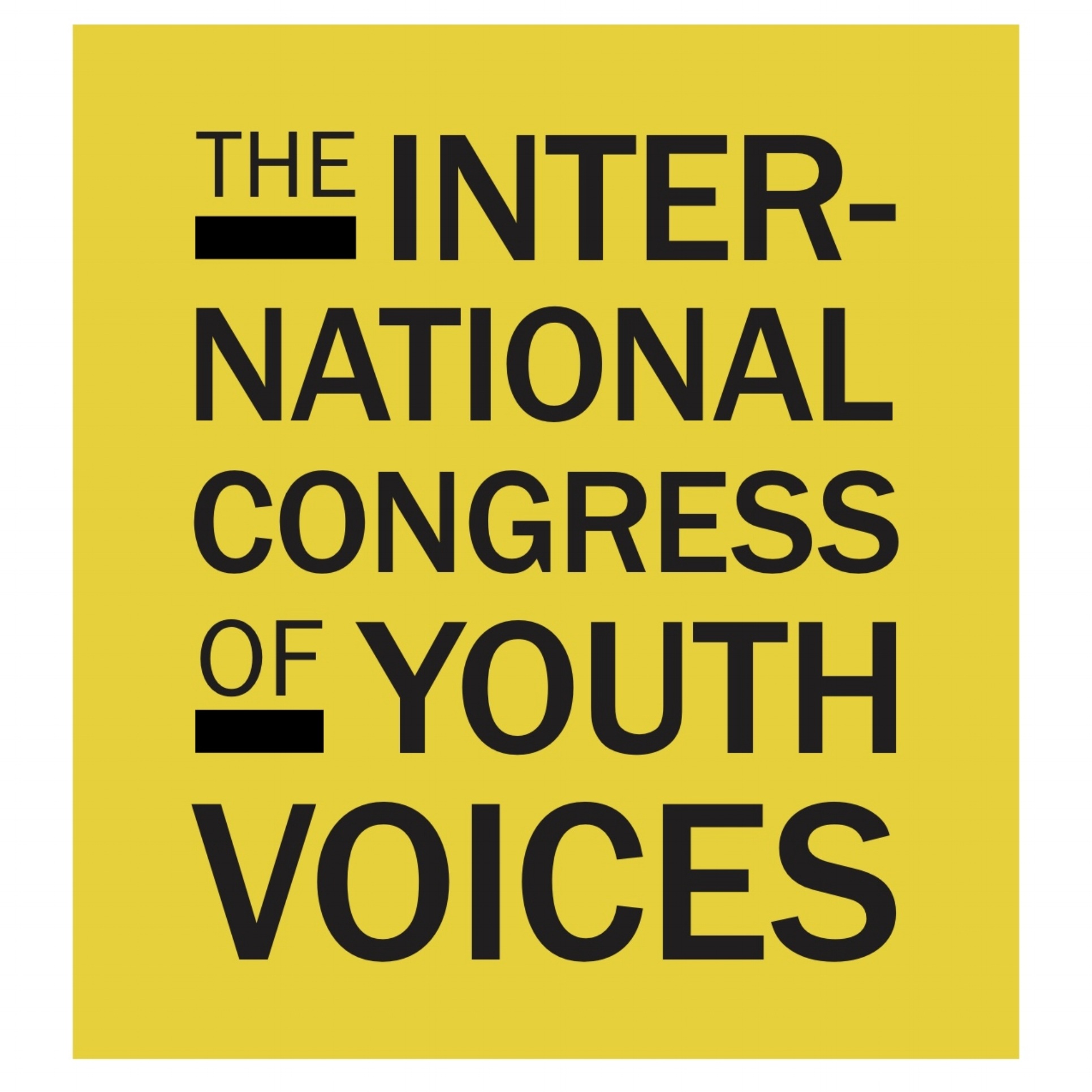Sarah Sobka, 21
Sarah Sobka is currently a medical student at University of Sheffield and is particularly interested in writing about medical issues to increase public health awareness. In 2015, Sobka was selected for the National Science and Engineering Competition for her research in repurposing new treatments for cystic fibrosis and was awarded UK’s Young Scientist of the Year. Sobka was named as one of Forbes' 2016 30 under 30 Europe and attended the 2017 WHO World Health Assembly at the United Nations in Geneva as one of two UK student delegates.
Sobka is a strong advocate for youth involvement in science, specifically encouraging young women to pursue careers in science and medicine. She frequently contributes to student blogs advocating for healthcare inequalities. In 2015, she sat on the expert panel of the Always #LikeAGirl Confidence Summit in London, England.
AA-HA!
by Sarah Sobka
Akhilah and Carlos are lost.
A wrong turn on their journey to school has led them to a place unknown:
“Ouch!” Carlos exclaims as the crimson trickle dotted with specks of grit begins its path from his knee.
At this point Akhilah panics, since she knows that his HIV-positive status means that he needs to see a doctor even for this.
In their village of Narneen, HIV-positive Carlos is jeered at and struggles to obtain medical attention. Meanwhile, Akhilah struggles with the memories of having to flee war in her homeland in the back of a crowded van but dares not speak about it to any adult.
They both know how difficult it is to see a doctor.
The two teenagers and their village of Narneen are entirely fictional characters in the comic “Akhilah and Carlos’s ‘Big Day of Discovery,’” pioneered as part of a new framework (AA-HA!) produced by the WHO to raise awareness and advocate for the health of adolescents. Adolescent health has for too long remained unaddressed, leaving a limbo between paediatric and adult care.
AA-HA! or the “Global Accelerated Action for the Health of Adolescents” advises decision-making bodies on tangible actions to ensure teenagers obtain their rights: to health, education, to make autonomous decisions and to live without fear or violence.
Furthermore, adolescents are not merely considered through a purely public health perspective, but are also valued as a powerful societal asset who, through purposeful participation and engagement, can contribute towards the advancement of the societies to which they belong.
This marks a profound shift in the way that adolescent health programming has previously been carried out. Adolescence and its associated health issues have been poorly understood, or conceivably ignored. More than 3000 adolescents die every day (that’s 1.2 million every year) from largely preventable causes and it is frankly surprising that adolescents have not been included in decades worth of healthcare planning.
One potential reason as to why this has not been on the agenda lies in a deceptively simple question:
“Who are adolescents?”
They are officially defined as being between 10 and 19, but does that make them “older children” or “younger adults”?
The answer is that they are neither.
Adolescence is medically and societally categorised as a period of intensely rapid development; physically, cognitively, socially, emotionally and sexually. This is also a period of vulnerability for mental health, with 67,000 suicides and accidental deaths from self-harming in 2015 (WHO). As such, it is key that international development policies and programmes incorporate adolescent health in their agendas.
Governments should invest in the health of adolescents first and foremost because health for all is a fundamental right. Furthermore, provision of youth-specific health programmes provides benefits to them now, to later in their lives and for the subsequent generation. Moreover, since adolescence is when many risky or protective behaviours begin and are consolidated, focusing on the health of adolescents is a sage preventative measure to ensure better public health - and, as a result, reduced health costs in the future.
Whilst the WHO and UN stakeholder’s “Aha- eureka!” moment of the unique needs of adolescents is a step in the right direction, greater collaborative approaches that include consultations with youth themselves are integral to achieve a sustainable future for all.
In the meantime, lower-middle income countries will continue to suffer the greatest healthcare inequalities, but if Carlos and Akhilah’s lives are to improve, adolescent health should remain an urgent priority for those in power.

